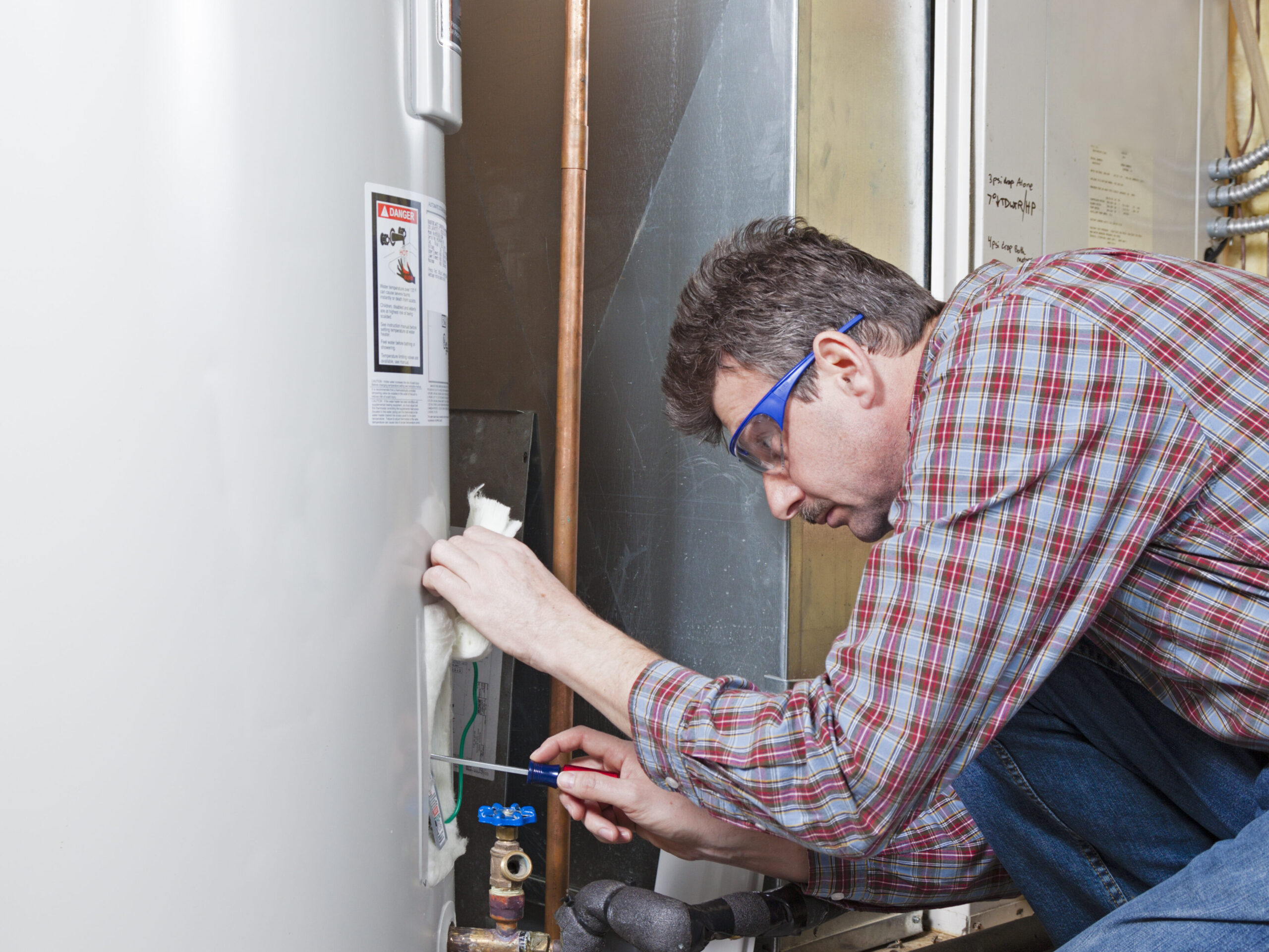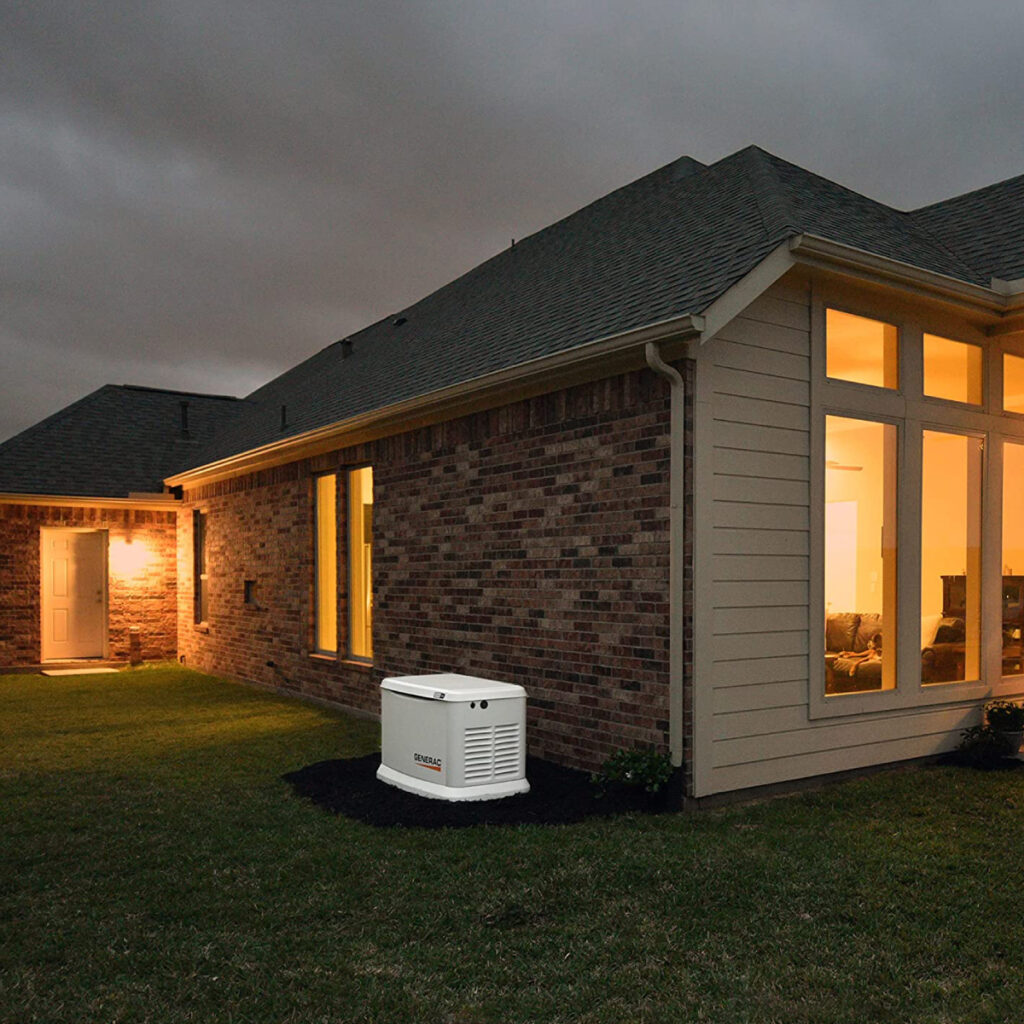
If you’ve ever noticed your plumbing system making strange noises or found water pooling near your water heater, the issue might not be the heater itself. It could be pressure building up in your system. One effective solution? A water heater expansion tank. It’s a small but important component that helps manage thermal expansion and can extend the life of your plumbing system. But what exactly does it do, and do you really need one?
Understanding Thermal Expansion And Its Risks
When water is heated, it expands. That’s simple science. In a closed plumbing system, which is common in many modern homes with backflow preventers or pressure-regulating valves, there’s nowhere for that extra volume to go. So when your water heater warms up a full tank, that expansion creates added pressure in your pipes. Over time, that pressure can strain plumbing joints, wear down valves and fixtures, and even shorten the lifespan of your water heater. That’s where an expansion tank comes in.
What Is a Water Heater Expansion Tank?
A water heater expansion tank is a small tank, usually about the size of a basketball, installed near your main water heater. Inside, it contains a flexible rubber diaphragm that separates the tank into two halves: one side holds air, the other connects to your water line. As the water in your heater expands, that excess volume is directed into the expansion tank instead of your plumbing system. The air cushion inside the tank compresses slightly, absorbing the pressure spike. Think of it as a shock absorber for your plumbing.
Do You Really Need An Expansion Tank?
In some homes, an expansion tank is more than a recommendation—it’s a requirement. If your plumbing system is “closed,” meaning water can’t flow back into the municipal supply, a thermal expansion tank helps you stay within safe pressure limits. Many local plumbing codes now require expansion tanks when a new water heater is installed in a closed system.
You might especially need one if:
- Your home has a backflow preventer or pressure-reducing valve
- You’ve had multiple water heater failures
- Your pressure relief valve has been leaking
- You notice frequent dripping from your T&P (temperature and pressure) relief valve
- Your pipes bang or knock when the hot water is running
These are all red flags that your system is struggling to manage pressure buildup.
How To Know If Your Expansion Tank Is Working
If you already have an expansion tank, it’s worth checking that it’s functioning properly. Gently press the air valve (usually located on top, like a bicycle tire valve). If water comes out, the internal diaphragm has likely failed, and the tank needs replacing. If it just releases air, that’s a good sign—but it’s also worth checking the air pressure with a gauge.
The tank should typically be pre-charged to match your home’s water pressure (often around 50–60 psi). If you’re unsure, don’t try to guess. Expansion tanks are pressurized components, and installing or troubleshooting one improperly can create more risk than reward.
Trust The Pros To Get It Right
Installing an expansion tank isn’t a major project, but it does require proper knowledge of your home’s water pressure, the correct placement, and a secure connection to your existing plumbing. At Universe Home Services, we help Long Island homeowners protect their systems from unnecessary wear and tear. If you’re upgrading your water heater or dealing with pressure-related issues, it might be the perfect time to ask if an expansion tank makes sense for your setup.
We’re always here to assess your plumbing, answer your questions, and install what your home needs—safely and effectively. Contact your trusted team at Universe Home Services today.

